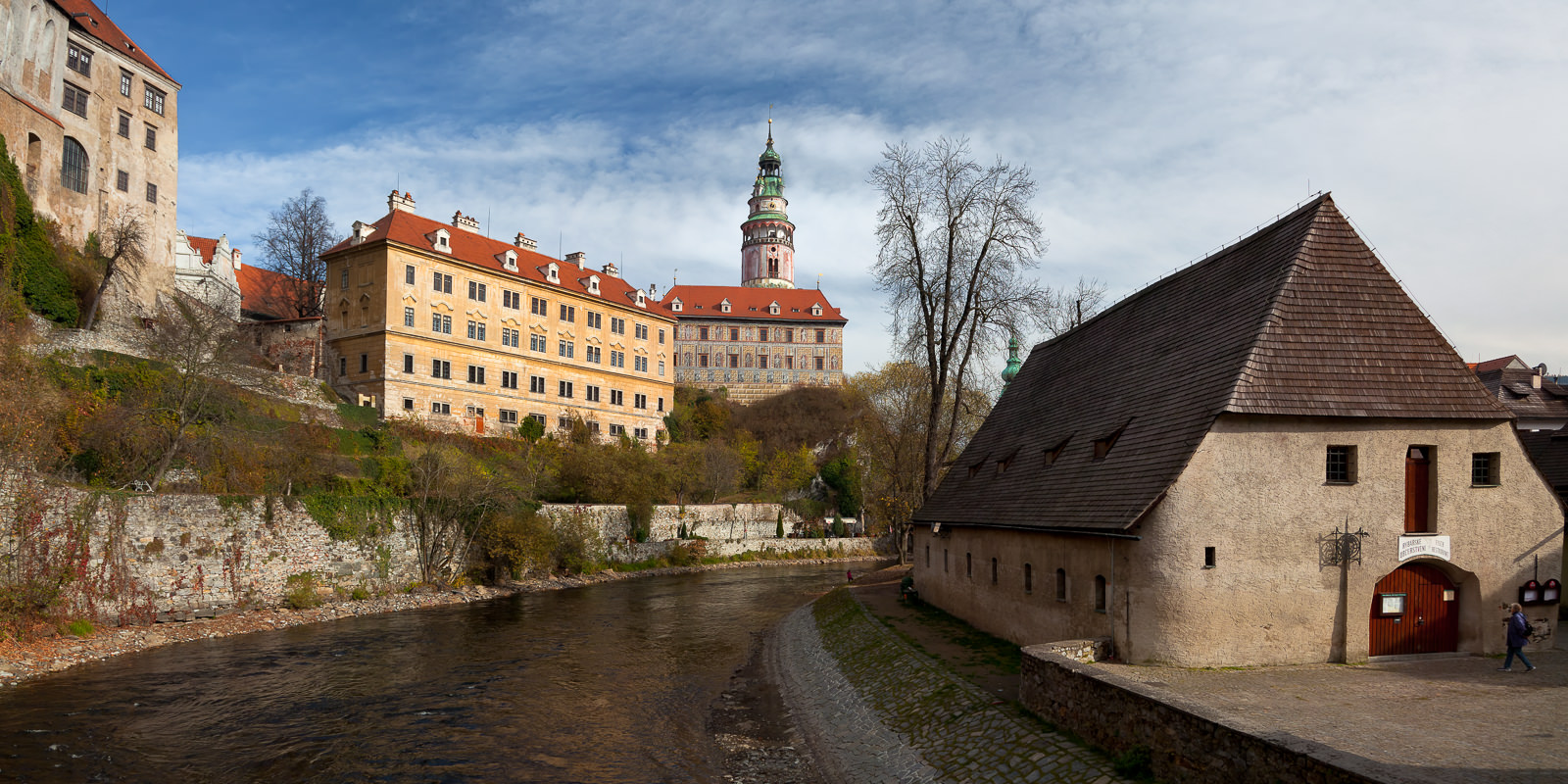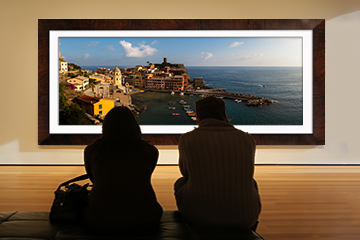
Český Krumlov
After decades of neglect during the communist years, the fairy-tale castle and town of Český Krumlov is once again radiant and charming. The restored heritage buildings lining the narrow cobbled streets are now filled with restaurants, boutique hotels, museums and artisan shops. All the while the enchangting village basks under the shadow of the towering fortress.
 Since being designated a Unesco’s World Heritage site in 1992, Český Krumlov has grown in popularity to be a second only to Prague as Czech Republic’s busiest tourist attraction. During the summer months it can feel like a cross between an Orlando theme park and a renaissance fair. Street performers, musicians and vendors are filling every corner. Visit in the spring or fall and the town will be somewhat subdued but even more charming. Arguably the most magic time of all is in the winter with the castle and town blanketed in snow and smoke lazily rising from countless chimneys.
Since being designated a Unesco’s World Heritage site in 1992, Český Krumlov has grown in popularity to be a second only to Prague as Czech Republic’s busiest tourist attraction. During the summer months it can feel like a cross between an Orlando theme park and a renaissance fair. Street performers, musicians and vendors are filling every corner. Visit in the spring or fall and the town will be somewhat subdued but even more charming. Arguably the most magic time of all is in the winter with the castle and town blanketed in snow and smoke lazily rising from countless chimneys.
Český Krumlov’s is a striking renaissance castle. It overlooks the Vltava river and the walled town below. The interiors are accessible by guided tour only, although you can stroll the castle courtyards and extensive manicured grounds on your own. Three main tours are offered: tour one takes you to the opulent Renaissance rooms; the second visits the Schwarzenberg portrait galleries and their 19th-century apartments. The last tour explores the chateau’s rococo theatre. All tours last between forty minutes and an hour.

The town boasts several museums: a photography museum (featuring local photographers Josef Seidel and his son František), a Marionette museum, as well as a private art gallery The Egon Schiele Art Centrum. Other popular attractions are the Synagogue, the Regional museum, the Eggenberg brewery, the Church of St Vitus and of course the beautiful town square.
In the warm summer months renting a boat, or a canoe, for a lazy float around the town and then down the Vltava River is a must. Boat rentals are available directly in the town. If you wish to explore the countryside, there are countless cycling routes and hiking paths though beautiful Bohemian countryside. Shumava, the Czech Republic's largest national park, is also a short distance away. You can rent a bike directly in Krumlov for about $15 day or book a bike tour complete with a guide and a lunch. There are also tours departing from here to Hluboka Castle and České Budějovice.

The town and the castle date back to the late 13th century to a ford with strategic trade importance in the Vltava River. The House of Rosenberg owned the town and the castle till Emperor Rudolf II bought Krumlov in 1602 for his son Julius d’Austria. In early 1900's the town was the seat of Duchy of Krumlov with 8,662 inhabitants (Krumau an der Moldau) including 7,367 Germans and 1,295 Czechs. Most recently the castle belonged to the House of Schwarzenberg till it was annexed by Nazi Germany as part of the Sudetenland,
later to be claimed back by the Czechoslovakian Government.
Getting to Český Krumlov from Prague is straightforward with seven daily direct buses ($8 - 3hrs) and one train ($12 - 3.5hrs). There is also a regular train service throughout the day to České Budějovice ($1.50 40 minutes) where transfers are available to Prague, Linz and Vienna.

If you choose to drive from Prague, take the highway south (route 3) to České Budějovice and from there follow the directions to Český Krumlov. The route takes about two and half hours. Route 4 from Prague is slightly quicker (slightly over 2hrs) but you will need to purchase a highway pass.
The fragrant aroma of pastries, lively entertainers, and festive music all contribute to the renaissance atmosphere of town where you can experience and enjoy a rich culture reminiscent of a long gone era.




























Share On